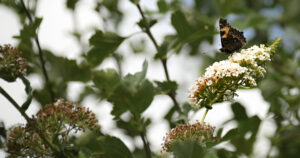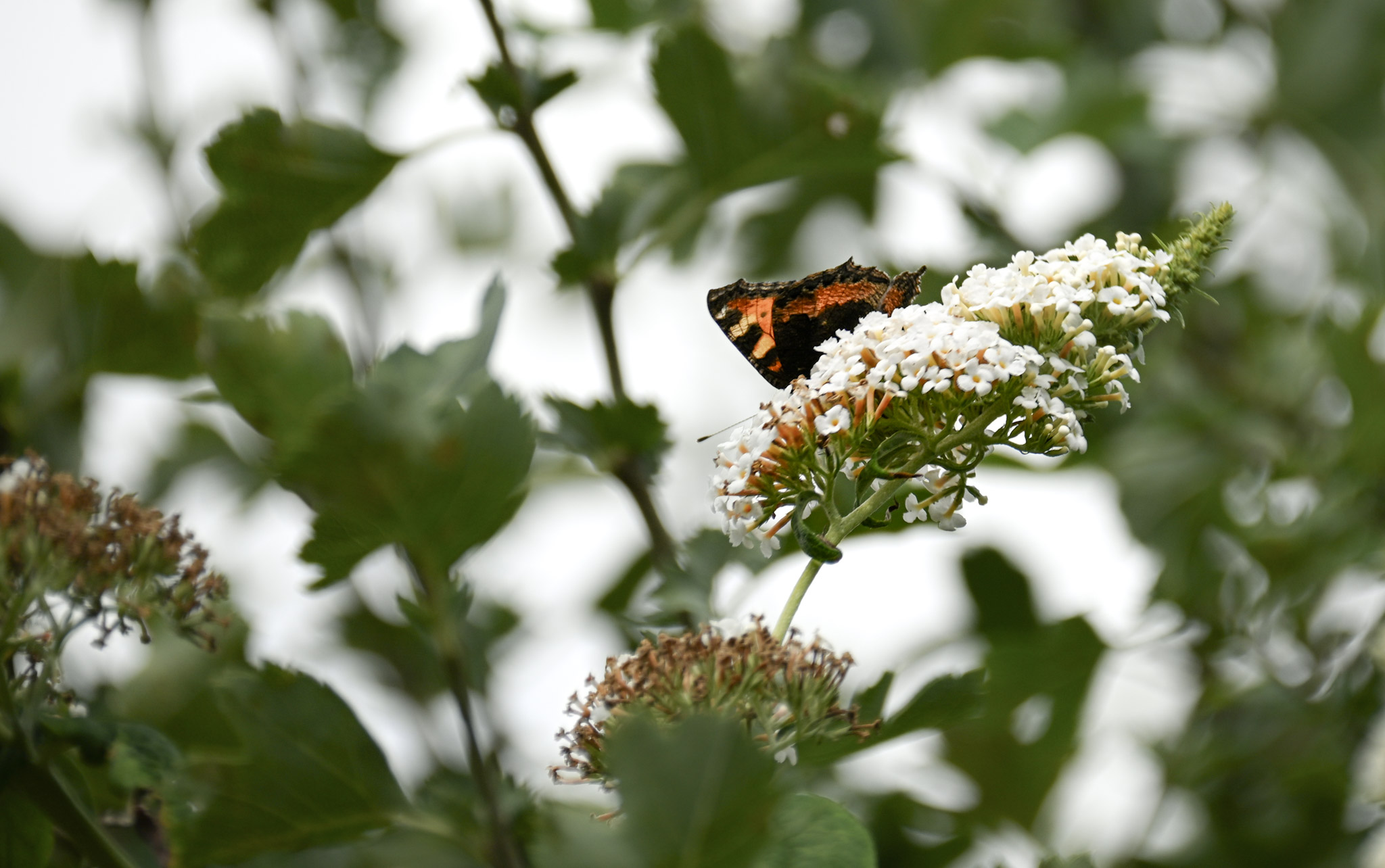Picture taken by LeeLee
In the tapestry of the natural world, the Small Tortoiseshell stands out as a charming and colourful butterfly, often seen fluttering gracefully through gardens and meadows. This species, scientifically known as Aglais urticae, is a favourite among butterfly enthusiasts and nature lovers alike. Let’s delve into the fascinating world of the Small Tortoiseshell, exploring its characteristics, habitat, and the role it plays in the ecosystem.
A Brief Overview

The Small Tortoiseshell is a medium sized butterfly, with wings that can range from 25 to 35 millimetres in length. Its wings are a striking combination of orange and black, with a distinctive black band across the middle of the wings. The underside of the wings is a lighter shade of orange, adorned with white spots. This unique coloration not only serves as a form of camouflage but also helps in attracting mates and warning predators of its toxicity.
Habitat and Distribution
The Small Tortoiseshell is a widespread species, found across Europe, Asia, and parts of North America. It prefers habitats that offer a mix of open spaces and wooded areas, such as hedgerows, meadows, and gardens. The butterfly is particularly fond of plants in the Umbelliferae family, which includes species like parsley, dill, and fennel. This preference for certain plants is crucial for its survival and reproduction.
Behaviour and Life Cycle
The Small Tortoiseshell is a butterfly that undergoes complete metamorphosis, meaning it goes through four distinct stages: egg, larva (caterpillar), pupa (chrysalis), and adult. The eggs are laid on the leaves of host plants, typically those in the Umbelliferae family. The caterpillars, known as larvae, feed on these plants and undergo several molts before pupating. The pupa stage is relatively short, lasting only a few days, after which the adult butterfly emerges.
Conservation Status
The Small Tortoiseshell is considered a near threatened species, with populations declining in some areas due to habitat loss and changes in agricultural practices. However, efforts are being made to conserve its habitat and protect its populations. The Butterfly Conservation organization, for instance, works to restore and maintain suitable habitats for this species, ensuring its survival for future generations.
Cultural Significance
In many cultures, the Small Tortoiseshell has been associated with various symbols and meanings. In some European folklore, it is believed to bring good luck and prosperity. In Chinese culture, the butterfly is often seen as a symbol of transformation and change, reflecting the butterfly’s life cycle from caterpillar to adult.
Conclusion
The Small Tortoiseshell is a delightful butterfly that adds a splash of colour to our natural landscapes. Its vibrant orange and black wings, coupled with its preference for certain plants, make it a standout species in the world of butterflies. Whether you’re a butterfly enthusiast or simply someone who appreciates the beauty of nature, the Small Tortoiseshell is a wonderful subject to explore. So, the next time you see one fluttering by, take a moment to appreciate its beauty and the role it plays in the ecosystem.
For more information on the Small Tortoiseshell and other butterfly species, you can visit the Butterfly Conservation or explore the Wikipedia article on the Small Tortoiseshell.

Leave a Reply